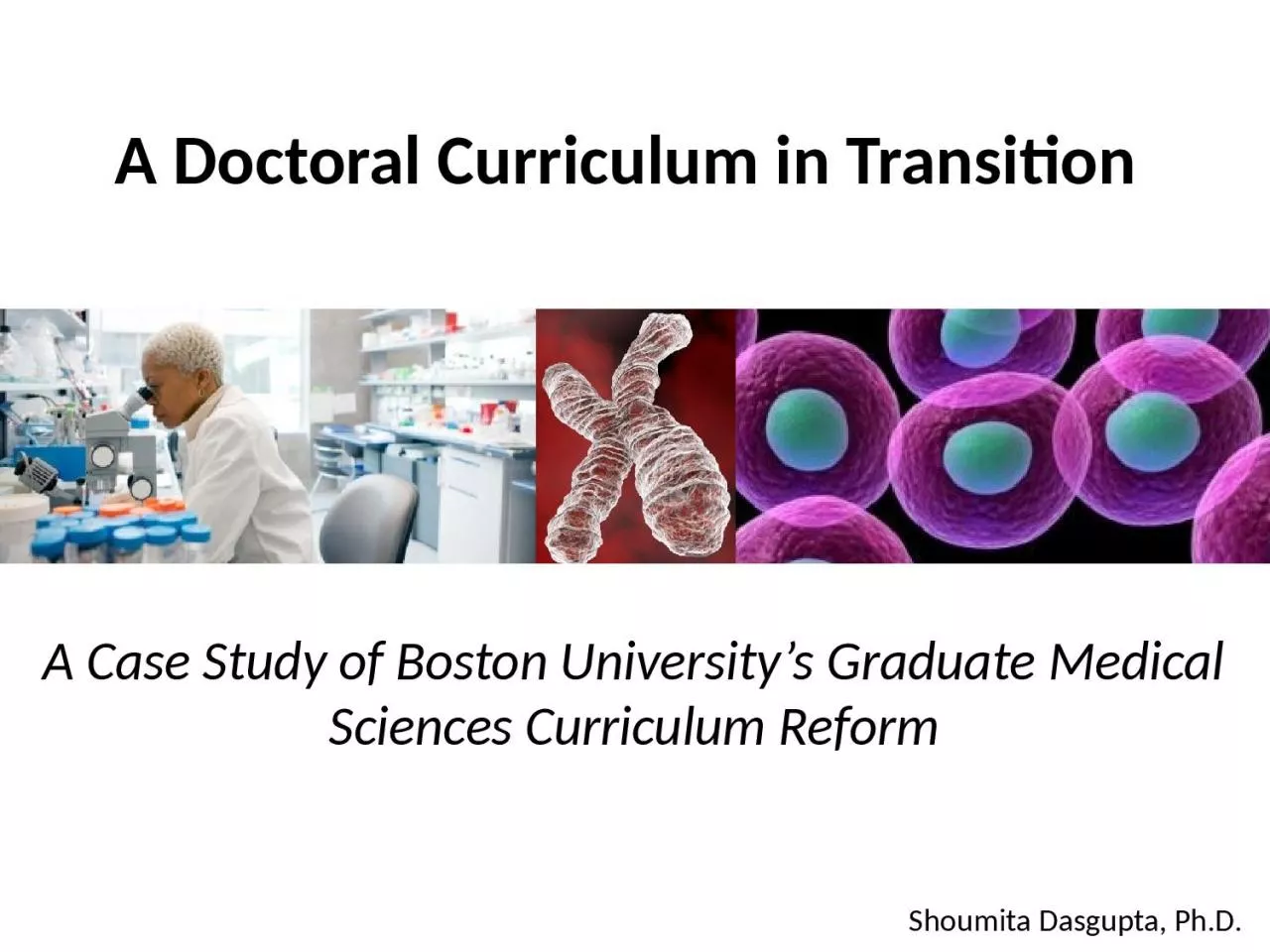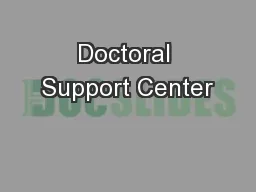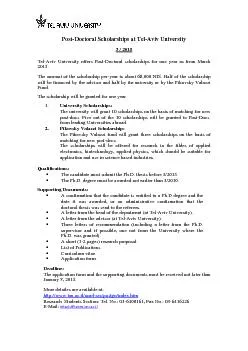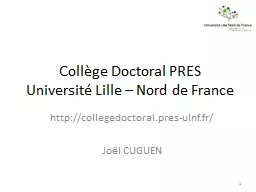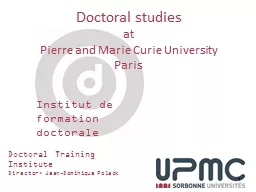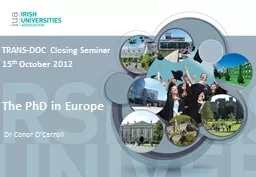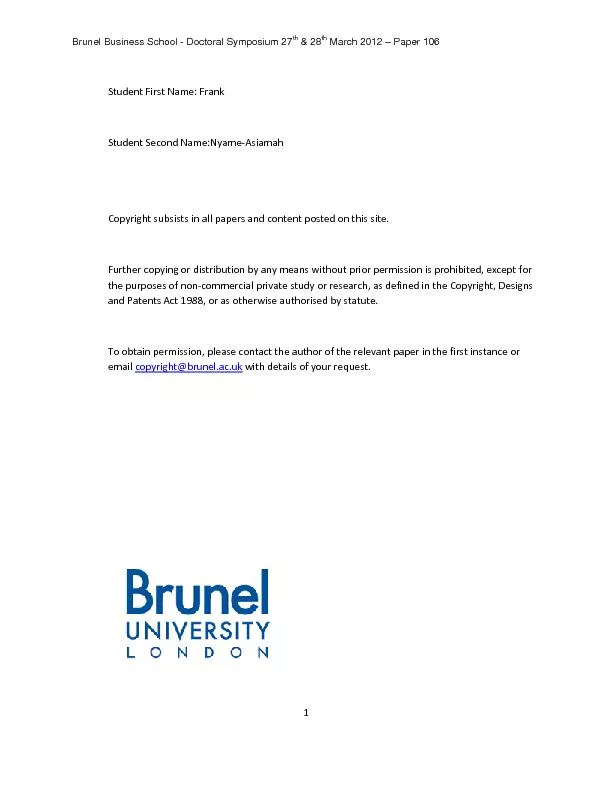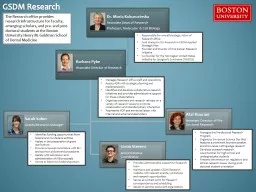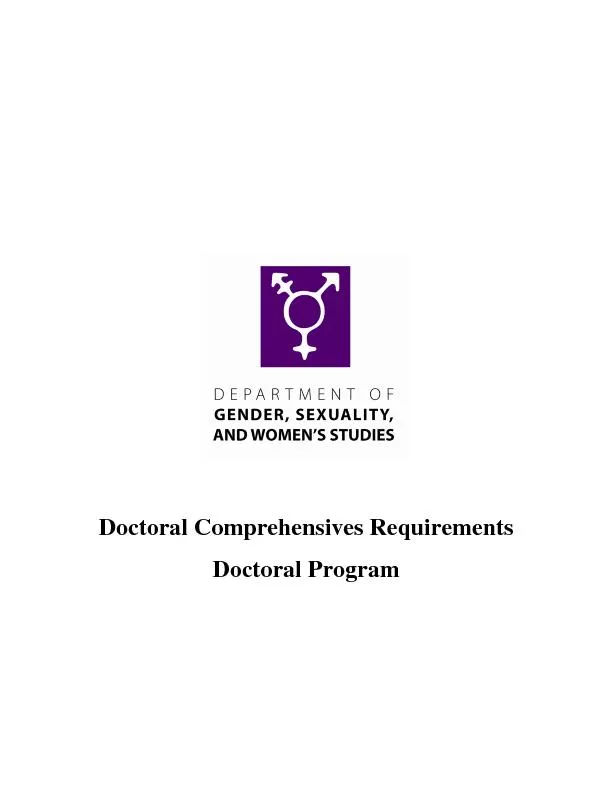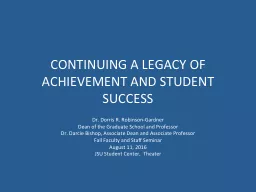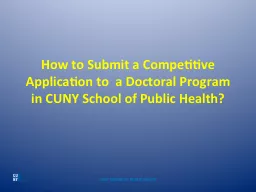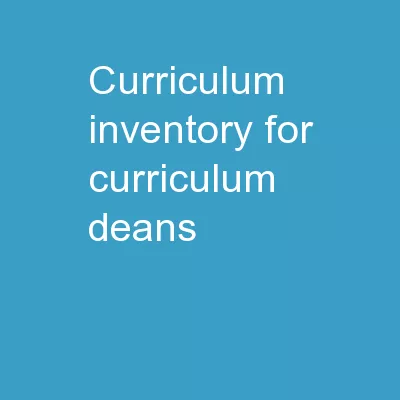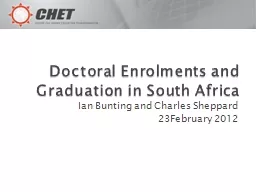PPT-A Doctoral Curriculum in Transition
Author : grace3 | Published Date : 2023-07-22
Shoumita Dasgupta PhD A Case Study of Boston Universitys Graduate Medical Sciences Curriculum Reform The initial context Prospective students Anatomy and Neurobiology
Presentation Embed Code
Download Presentation
Download Presentation The PPT/PDF document "A Doctoral Curriculum in Transition" is the property of its rightful owner. Permission is granted to download and print the materials on this website for personal, non-commercial use only, and to display it on your personal computer provided you do not modify the materials and that you retain all copyright notices contained in the materials. By downloading content from our website, you accept the terms of this agreement.
A Doctoral Curriculum in Transition: Transcript
Download Rules Of Document
"A Doctoral Curriculum in Transition"The content belongs to its owner. You may download and print it for personal use, without modification, and keep all copyright notices. By downloading, you agree to these terms.
Related Documents

